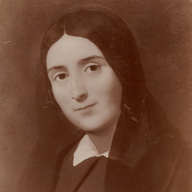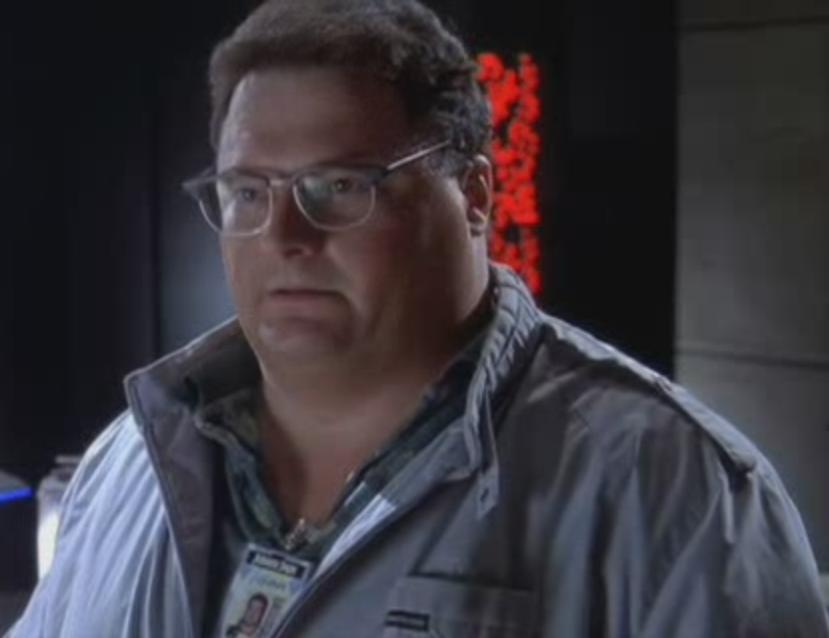 Okay, so there's no mystery here unless you are mildly curious about a bunch of grapes. It's also not about wine making or the wrath of the grapes or even the hilarious Lucy episode of stomping grapes.
Okay, so there's no mystery here unless you are mildly curious about a bunch of grapes. It's also not about wine making or the wrath of the grapes or even the hilarious Lucy episode of stomping grapes.This is about the every three years gathering of folks who were born and named Grape or married to or adopted by someone named Grape. And there is really no writing classroom work this week either.
 |
| The Grapes |
In 1975, my late husband, Elmer Grape, attended the funeral of his mother Leah Gertrude Love Grape, out in CA. All of his brothers and sisters attended except for his sister Ina who was in the hospital. With the siblings all together it was decided that it seemed like a dumb idea on only get together for funerals. Each sibling lived on the East coast or the West coast except for Elmer and I. We at that time, lived in Memphis, TN. Elmer, who never had trouble making serious decisions said, "let's have a family reunion, next year, at my house in Memphis." This was without any consultation with me, but he knew I would have no objections. So our first reunion was planned, for the first two weeks in August, 1976. That time frame was chosen because one brother worked where the company closed down and everyone employed there had to take their vacation the first two weeks of August, no exceptions.
The Grapes of our side originated in Sweden although the first Grape in Sweden was Arendt Reinhold Grape who came from northern Germany where the name in German means "Iron Pot." He had an iron ore smeltering business and settled in northern Sweden, moving to Stockholm later and becoming a Burghermeister (Mayor) of that city. We have met several of our cousins when visiting Sweden and some have attended the reunions. But that first year in 1976 in Memphis, John Stebbins from CA attended. Uncle John was 94 and he was related to the mother of the family Leah Love Grape. We were excited to have him attend and he had a wonderful time.
We didn't have a large house, 11,500 sq feet but we had a huge back yard. And we also had a school bus which Elmer had converted onto a camping RV. And we had some nice next-door neighbor who were going to be moving and their house would be vacant. They offered two bathrooms and empty floor space. We rented some army cots and made arrangements to have some type of sleeping space for everyone who would come. Some folks from PA and VA came in their own camping trailers. One brother, the oldest sibling, Harry flew in from Seattle WA bringing his sleeping bag, and he slept on the floor in the den. We had wall to wall cots in the living room after moving all the furniture against the wall.
Without getting too sugary about it, this was the first time some family members had been together in years and really talked to each other and many fences were mended. Four girls and three boys who grew up during the depression, sometimes having little or nothing to eat but defying all odds had survived and had good jobs and families. Two sisters lived in CA, one in VA one sister in NJ. There were nieces and nephews from NY, MD, PA, VA, and NJ. Elmer built a picnic table for the back yard and put it up against the kitchen window so food and drink could be passed through easily.
Sisters took turns cooking evening meals and one nephew cooked an Italian specialty one night. One sister was an expert at packing a fridge and we took turns cleaning up dishes. We all went down to the Mississippi River and took a trip on the Memphis Queen paddle boat and the Captain announced there were 52 members of the Grape Family on board. The cousins all had a night out going to a club and dancing the night away. Some of the family could only stay a week but the best thing of all was that there were no arguments or disagreements.
This family reunion is still going on, we meet every three years, meeting over the fourth of July for several years now and different family members host the event. Elmer and I hosted three more times: In 1979-Fairfax, Virginia, 1982-Corry, Pa, 1985-Houston TX, our house again and this time we had a wedding. Adopted sister Jeannie planned it all from CA and it was beautiful. In 1988-Austin, TX we hosted again and niece Dona who lived in the house behind me helped. We had a Swedish cousin come from Sweden, Reinhold Grape that year. 1991-Hyde Park, NY, 1994-Council Bluffs, IA, 1997-Bergen, NY, 2000-Nashville, TN, hosted by my daughter Karla, 2003-Inks Lake, TX niece Dona hosted. 2006-near Disney World, FL, is the only year I didn't go. 2009-Sacramento, CA, 2012-Little Falls, NJ
This year once again in TN just outside of Memphis, hosted by nephew David and his wife, Karen O. Grape. Each year there are sightseeing jaunts, going especially to parts of the USA where we've never been before and fun things for young and old. One sister, Esther, who is the only surviving sister at age 92, used to make t-shirts for everyone. She's in CA and didn't get to attend this year but we're a bit high tech and skyped with her. Esther drew a bunch of grapes and put the current year on one grape each time. We finally got smart, began having the shirts made letting each host design their own. The one surviving brother is Roger, age 85 and still lives in Corry, PA and he attended this year. David is his son. Upcoming in 2018 we will once again be in Austin with my son Roger and his husband hosting.
We have lost family but we also have gained through marriage and children born and it's exciting and gratifying to meet and talk to everyone. There is lots of great food and drinks both alcoholic and non-alcoholic, and cakes and pies and cookies. We only stay a week now and most stay in nearby hotels because the host family can generally reserve a block of rooms at a reasonable price. We only had thirty-two attending as the California branches didn't make it. Sometimes there are new jobs or immediate family crises or even weddings that crop up and mess up reunion plans.
The major thing for me is we can all be together for a week without a disagreement although some conversations can get a bit heated. We somehow manage to have a week feeling love and a connection that we'd never have otherwise. A week with a bunch of Grapes just works for me.
Next Time: writing, mystery, intrigue, I promise.





































